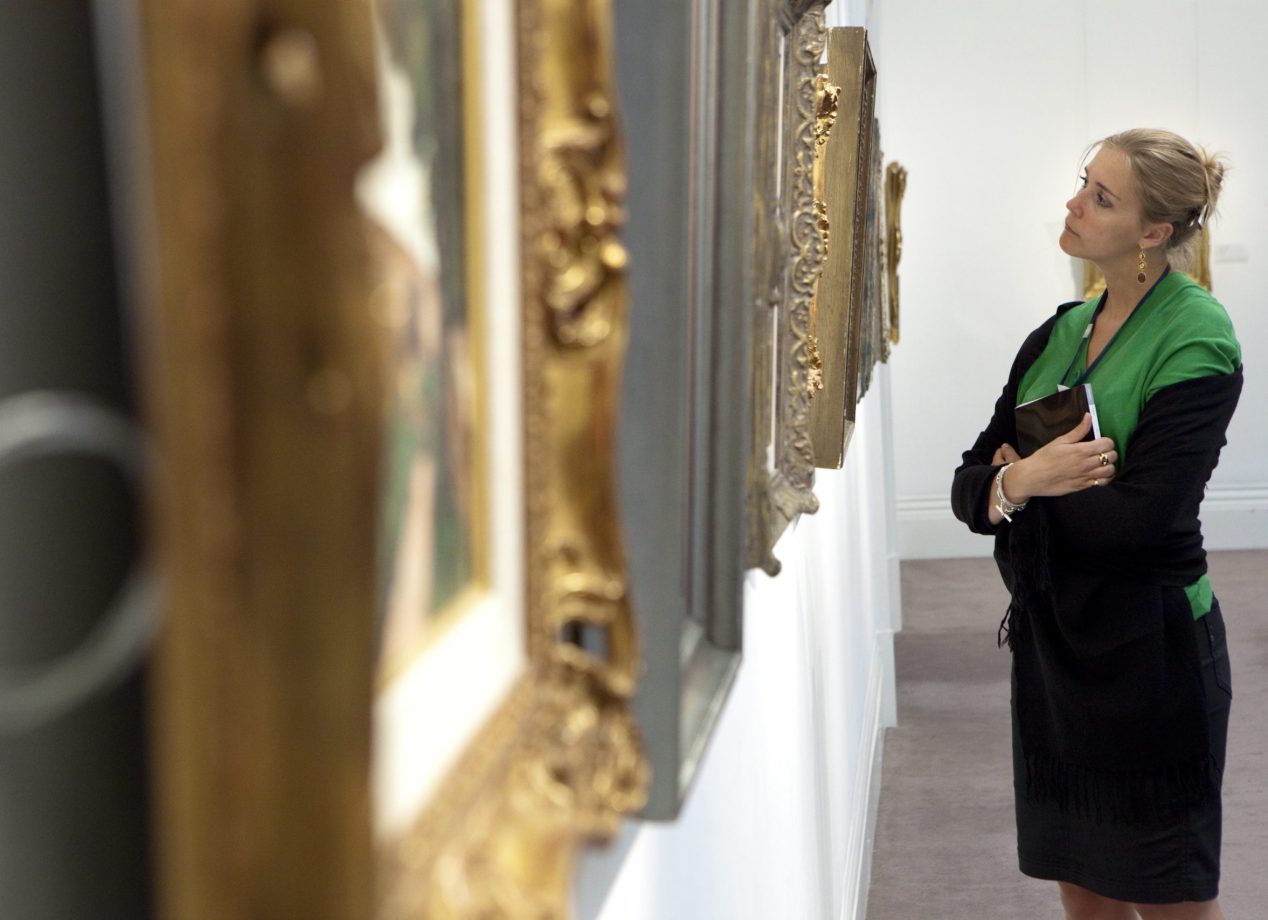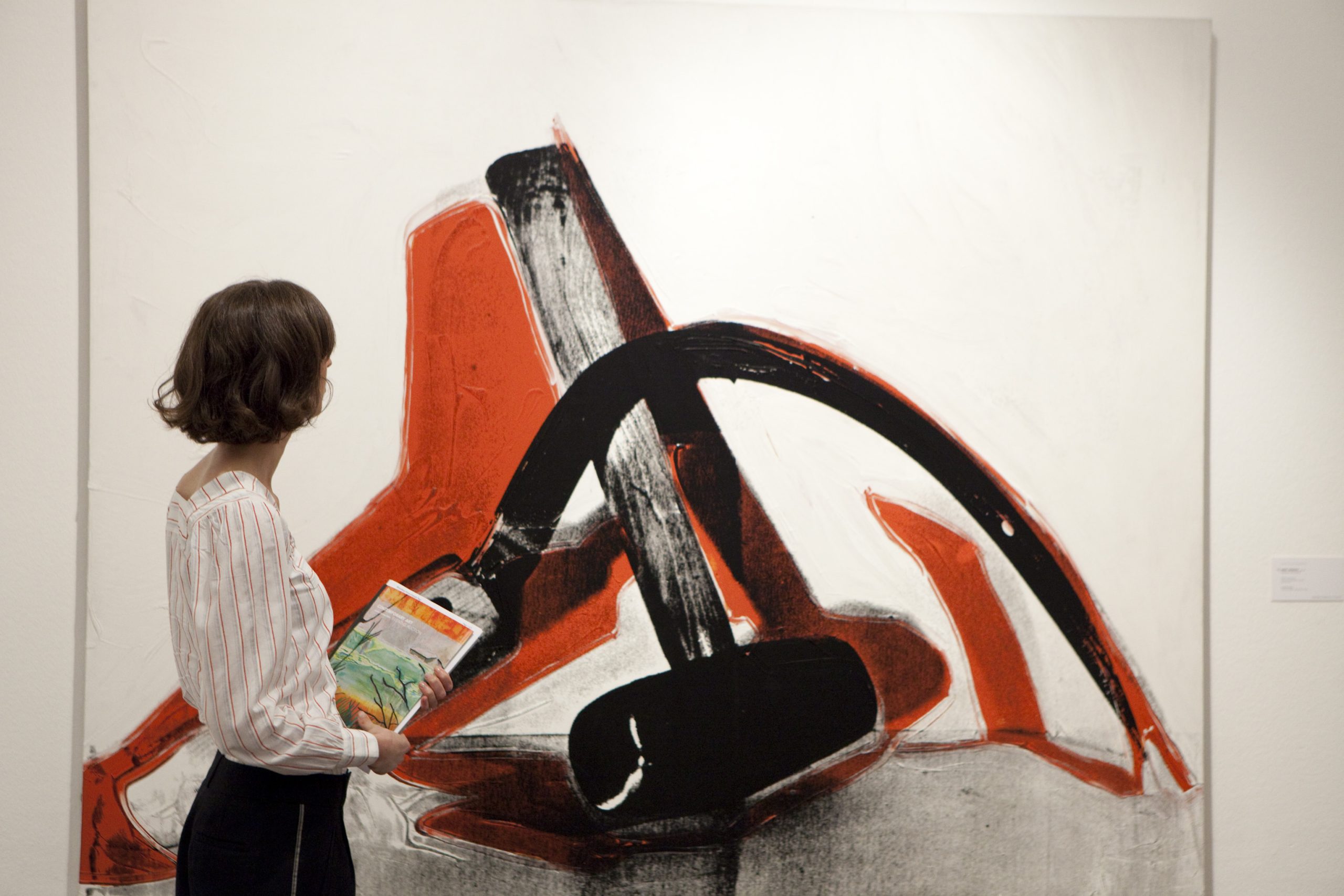An Introduction
Throughout history, women have faced significant challenges and barriers in the art world, leading to their under-representation in art history. In recent decades, however, feminist artists have emerged who challenge traditional norms and highlight women's experiences. These artists explore themes related to femininity and societal expectations associated with gender.
The feminist art movement as it is known today began in the late 1960s, inspired by the women's liberation movement. This movement brought issues such as sexuality, gender norms, domestic labor, and intersections of sexism with racism and other forms of oppression to the forefront. Feminist artists of the 1970s and 80s used their work to redefine images and ideals related to womanhood.
Here are some of the notable feminist artists who have made significant contributions to this important period in art history:
Frida Kahlo
Although Frida Kahlo preceded the other artists on this list, she had an immense influence on the feminist art movement, as did many artists before her.
Frida Kahlo established a style of vibrantly colored self-portraiture that boldly explored gender, class, race, and identity through a feminist lens. Her painting The Two Fridas (1939) depicts two versions of herself - one in Victorian dress holding a model of a damaged heart, and the other in modern clothes with an exposed heart. This painting characterizes the intense physical and emotional pain she'd experienced in her life. Kahlo's raw, uncompromising self-portraits shattered conventional representations of femininity.
Miriam Schapiro
Miriam Schapiro was a pioneering figure in the feminist art movement, helping to establish an artistic vocabulary that centralized women's experiences and traditions. Schapiro was a co-founder of the Pattern and Decoration movement in the 1970s. Her "femmage" artworks embrace crafts like quilting and patterning that had long been dismissed as merely feminine handicrafts or low art forms.
Her mixed-media canvases integrate these "low-art" techniques with a vivid, decorative aesthetic, as seen in works like Anonymous Was A Woman (1976) which incorporate household objects like a doily. Schapiro's reclamation of women's domestic arts into the realm of high art celebrated femininity while critiquing the male-dominated hierarchies of the art world. Her feminist collages, combining painting with personal artifacts, reframe the stories and labor of ordinary women as something powerful and monumental.
Faith Ringgold
African American artist Faith Ringgold is best known for her narrative quilts and paintings depicting the histories and experiences of Black women in America. Her acclaimed story quilt series includes artworks like Tar Beach (1988), inspired by the summers Ringgold spent with her family on the rooftop of her Harlem apartment as a child, imagining being able to fly over the city. Ringgold's vibrant mixed-media art elevates craft traditions while addressing issues of race and gender inequity.
Want to learn more about contemporary art? Sotheby's Institute offers learning options from online short courses to Master's Programs.
Yoko Ono
Avant-garde artist Yoko Ono has made her impact in the realm of feminist art through her enticing and introspective performance art. Early conceptual art pieces like Cut Piece (1964) featured Ono passively allowing her clothing to be cut off by audience members, putting her body at risk to critique, aggression, and objectification. Her participatory artwork, My Mummy Was Beautiful (1997), invited viewers to share memories of their mothers.
Judy Chicago
One of the greatest icons of feminist art, Judy Chicago is renowned for her large-scale installation pieces that celebrate women's achievements in patriarchal societies. Chicago’s installation titled The Dinner Party (1979), a massive triangular table set for 39 mythical and historical famous women, solidified her place in the feminist art scene of the 1970s. Each place setting on the table is a unique ceramic sculpture with textile and ceramic details representing female form and labor.
Barbara Kruger
A conceptual artist known for her black-and-white photographs overlaid with bold texts, Barbara Kruger's work examines the influence of mass media and consumerism on society's perceptions of femininity, sexuality, and power dynamics. Indicative of her eye-catching art style, Untitled (Your body is a battleground) (1989), features a black-and-white image of a woman overlaid with the statement, “Your body is a battleground.”
Kruger designed this poster in response to the Webster v. Reproductive Health Services Supreme Court case in 1989, which threatened to undermine the constitutional protection for abortion rights established by Roe v. Wade. With ongoing attacks on reproductive freedoms in the United States, Kruger's bold and confrontational piece remains highly pertinent and impactful in 2024.
Cindy Sherman
Cindy Sherman came onto the feminist art scene with photographic self-portraits in which she transforms her appearance and body through costumes, makeup, and staging. Through her creative direction, these photographs critically examine concepts surrounding identity, gender, and representation. Sherman's conceptual portraits simultaneously captivate and unsettle viewers, deconstructing conventional notions of femininity and challenging the male artistic gaze.
Sherman's acclaimed Untitled Film Stills (1977-1980) series feature her taking on exaggerated female personas and satirizing representations of women in cinema, media, and pop culture. Each self-portrait photograph deconstructs stereotypical tropes about femininity.
Lorna Simpson
Artist Lorna Simpson confronts racial and gender stereotypes through her stunning conceptual photography and multimedia installations. Her photo-text pieces from the 1980s and 90s juxtapose antiquated images and texts to deconstruct depictions of Black women.
One such artwork is Five Day Forecast (1991), which pairs vintage advertisements for hair products with Simpson's own phrases. Simpson's powerful work subverts the conventional ways that Black bodies, especially Black female bodies, have been represented and objectified throughout history.
Guerrilla Girls
This anonymous collective of feminist activist artists have used guerrilla tactics like protest art projects, books, posters, and public appearances to expose discrimination and corruption in the art world and beyond. Some of their most famous works include the poster Do women have to be naked to get into the Met Museum? (1989) which criticized museums for prioritizing nude female subjects by male artists.
Ana Mendieta
Cuban artist Ana Mendieta’s earthworks, sculptures, and body art explore themes of violence, gender, and her own Latinx identity. Her famous Silueta series (1973-1980) features her outline sculpted into the earth using natural materials like rocks, flowers, and gunpowder to represent the female form's innate connections to nature.
Kara Walker
The contemporary African American artist Kara Walker is best known for her striking silhouette installations that confront histories of racism, violence, and gender discrimination. Although Walker is most well-known for her installations featuring black cut-paper silhouettes, one of her major works is her immersive installation A Subtlety (2014). This monumental artwork features a 35-foot sphinxlike woman sculpted from sugar, commenting on labor exploitation and commodification of the Black female body. Walker's harrowing artwork reshapes historical narratives from a Black feminist perspective, refusing to let these accounts be forgotten.
Interested in learning more about contemporary art? Sotheby's Institute offers learning options from online short courses to Master's Programs.

